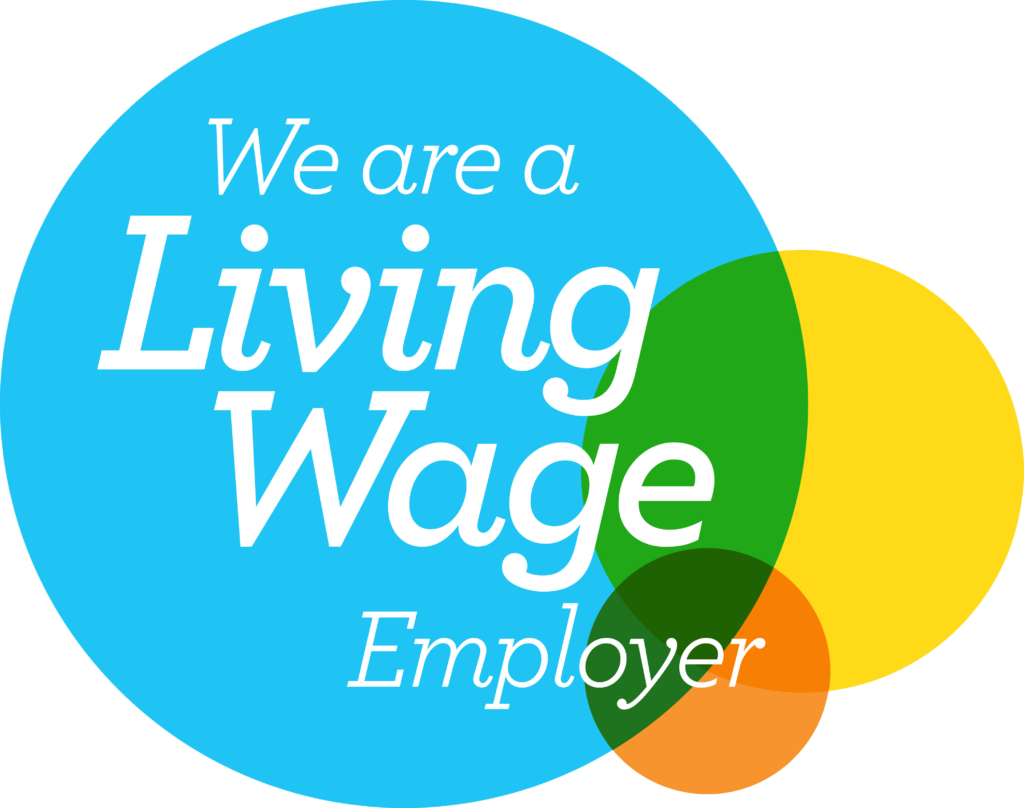NEWS
What is SECR (Streamlined Energy and Carbon Reporting)?

Previously, organisations would be required by the Carbon Reduction Commitment to report energy and carbon emissions in their annual report. Now, Streamlined Energy and Carbon Reporting requires businesses to do this. But what is it and how can you make sure your business is complying?
What is SECR?
The UK Government implemented the Streamlined Energy and Carbon Reporting (SECR) policy on 1st April 2019. This new legislation was expected to require nearly 12,000 companies in the UK to disclose their emissions. This is a huge increase from the number of businesses that needed to act under the old Carbon Reduction Commitment.
Energy doesn’t need to cost the earth – get your energy and gas quote below!
Who qualifies for SECR?
For your business to qualify for SECR you must be a quoted company, a large unquoted company or a large limited liability partner (LLPs). To be an LLP, you’ll need to meet two of the following criteria:
- A turnover (or gross income of £36 million or more)
- Balance sheet assets of £18 million or more
- 250 employees or more.
However, if your business does not consume more than 40,000 kWh of energy in a reporting period, you’re a low energy user. This means that you do not need to report your energy usage and are exempt. Public sector organisations are also exempt from reporting,


What do you need to disclose to comply with SECR?
To comply with SECR, you’ll need to disclose your energy usage. This consists of electric consumption, gas combustion and transport. Alongside this, you’ll need to report green house gas emissions and emissions intensity radio.
There are three emission scopes and each one has a minimum that you will need to report:
- Scope One: Report as minimum – emissions from combustion of gas and fuel for transport,
- Scope Two: Report as minimum – emissions from purchasing electricity,
- Scope Three: Report as minimum – emissions from business travel in rental or employee-owned vehicles where the academy trust is responsible for purchasing the fuel.
You’ll need to include at least one intensity ratio in your report. You can calculate this by dividing your emissions by your organisation specific metric. For example, if your organisation is an academy trust, this metric could be the number of pupils in your schools. The methodologies you use to calculate the information need to be included as well as the steps you’ve taken to improve your energy efficiency. The previous year’s figures need to be available too to allow for comparison.
What does SECR mean for my business?
If your business falls into the criteria for SECR, you’ll automatically need to comply with a SECR scheme. To comply, you’ll need to make the above information available publicly alongside the financial data in your annual reports.
How does SECR differ from ESOS?
The Energy Savings Opportunity Scheme (ESOS) is a mandatory energy assessment scheme for businesses that meet the criteria in the UK. While they may sound similar, ESOS focuses on your business’ energy usage and SECR focuses on your business’ greenhouse gas emissions. There are similarities in the eligibility criteria for both schemes so if you’re eligible for ESOS, it’s likely that you’ll need to comply with SECR too.
Contact us
Navigating different schemes can be quite difficult. Our team of energy experts are on hand with their extensive market and industry knowledge to help tailor our energy compliance services to suit your business needs and to keep your business energy compliant with all legal requirements. Contact our team today to learn more about how Flame Energy can support your business through our total energy management services.




